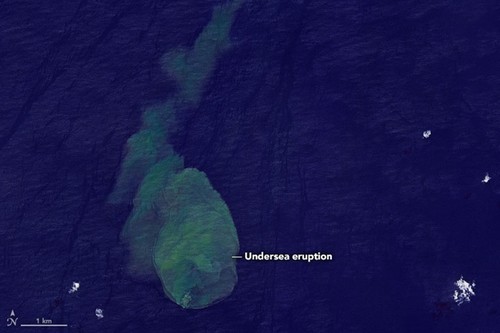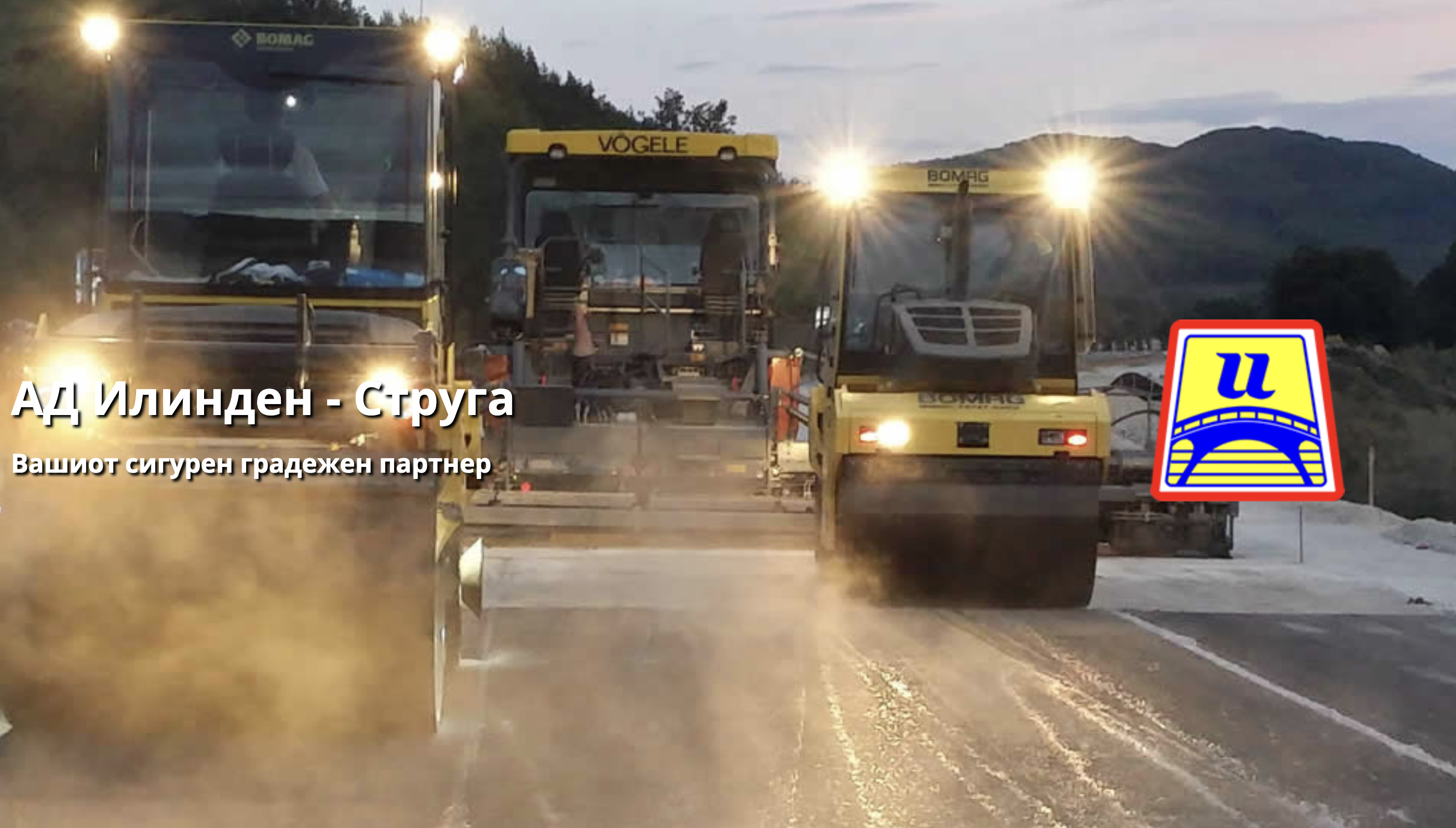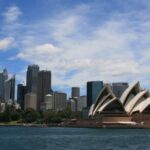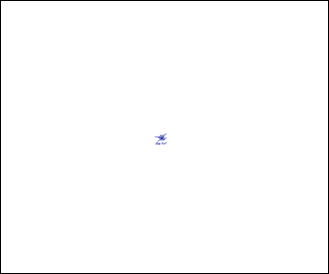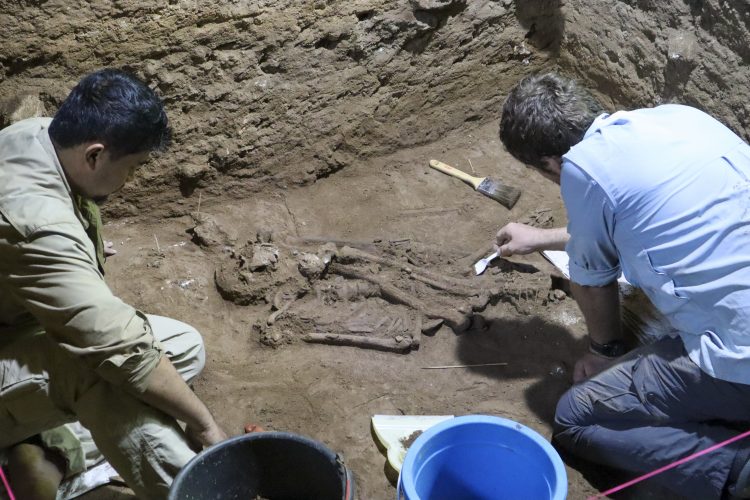Сателитот на НАСА го сними моментот на ерупција на огромниот подводен вулкан Кавачи во длабочините на Тихиот Океан.
Ерупцијата беше снимена од НАСА со помош на Operational Land Imager, моќен телескоп лоциран на сателитот Landsat 8 во орбитата. Тоа е телескоп способен да прави детални фотографии од копно и море од вселената.
Сликата покажува голем облак од безбојна вода испуштена од потопен вулкан. Според вселенската агенција, тој бил присутен неколку дена помеѓу април и мај 2022 година.
Вулканот Кавачи беше добро истражен од научниците кои во 2015 година открија риби и ајкули кои ја населуваат областа околу вулканот, каде што киселата вода е топла, со значително ниво на сулфур. Водата содржи фрагменти од вулкански карпи и се верува дека ајкулите мутирале за да се прилагодат на екстремни услови.
„Во активниот кратер се забележани популации на желатинозни животни, мали риби и ајкули, што отвори нови прашања за екологијата на активните подморски вулкани и екстремните средини во кои може да постојат големи морски животни“, напишаа научниците тогаш.
Два вида ајкули, свилената ајкула и дива ајкула, беа снимени како пливаат во близина на вулканот за време на истражувачка посета.
Кавачи дури и го доби прекарот „Ајкула“ токму поради овие „жители“ кои живеат во такви екстремни услови.


